Your Browsing History

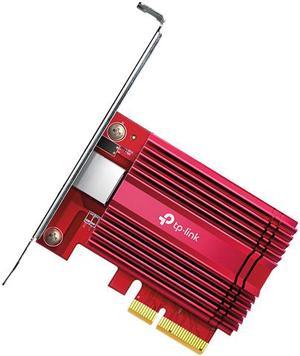
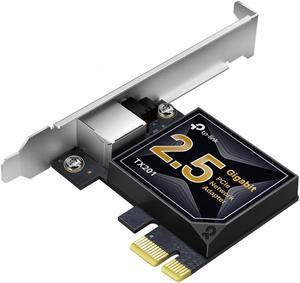
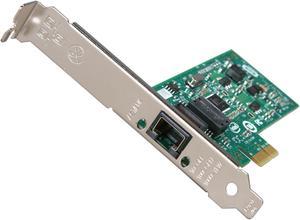
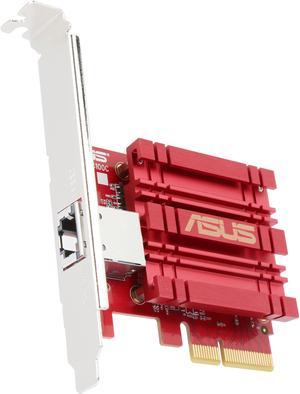
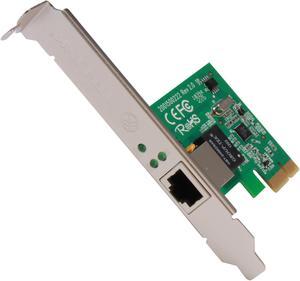
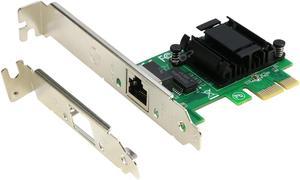
Limited time offer, ends 12/07
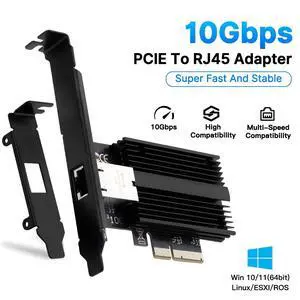
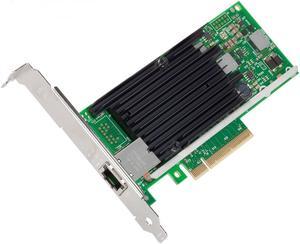
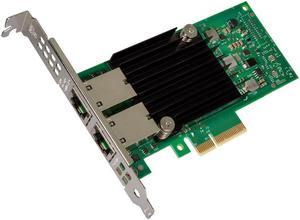
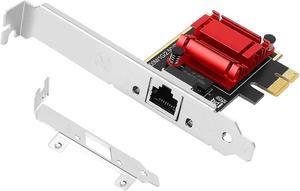
Limited time offer, ends 12/07
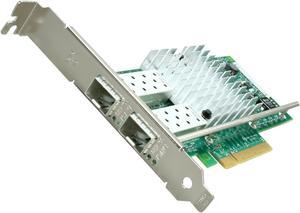
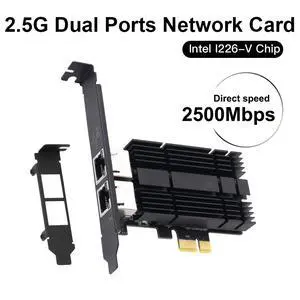
Limited time offer, ends 12/17
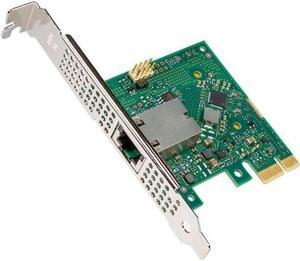
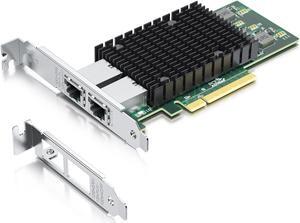
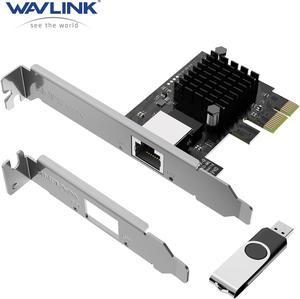
Limited time offer, ends 12/07
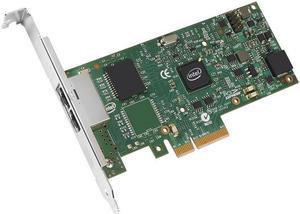

Limited time offer, ends 12/06


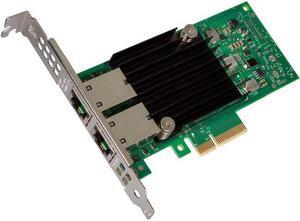
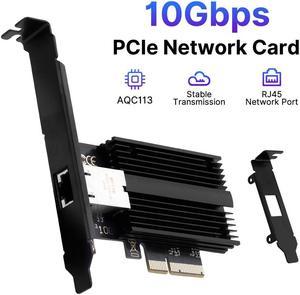
Limited time offer, ends 12/17
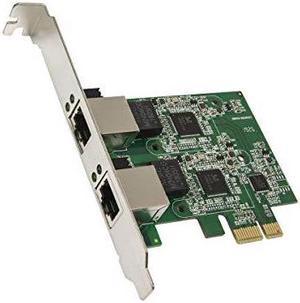
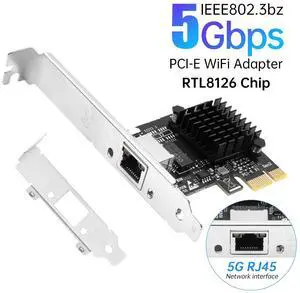
Limited time offer, ends 12/17
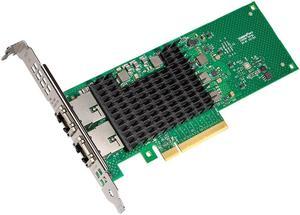
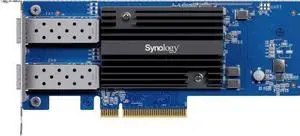

Limited time offer, ends 12/07
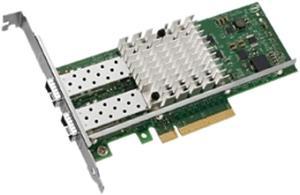
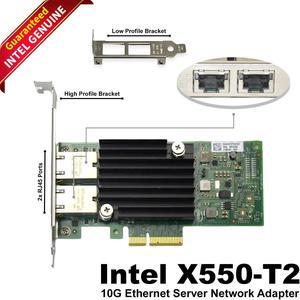
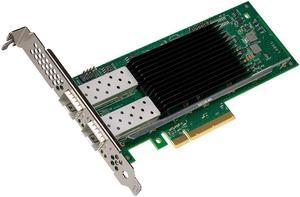

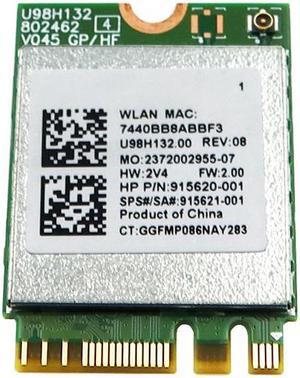

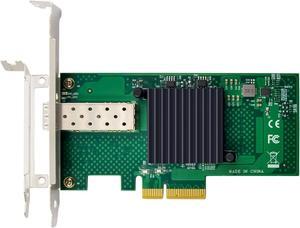
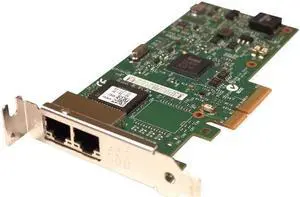

A Network Interface Card gives your PC or server a fast, stable link to your network. From budget 1GbE to multi-gig (2.5GbE/5GbE) and 10GbE+, you’ll find PCI Express cards, USB adapters, and multi-port models in Newegg’s Network Interface Cards catalog. Pair your NIC with the right switch, optics, and cabling to unlock consistent throughput for gaming, low-latency streaming, content creation, virtualization, iSCSI backups, and more.
The go-to choice for desktops and workstations. Options range from 1GbE and 2.5GbE to 10GbE/25GbE, with features like VLAN tagging, link aggregation (LACP), checksum/TSO/LRO offload, SR-IOV/RDMA, and PXE/Wake-on-LAN. Browse performance picks here: 10GbE network cards.
Ideal for ultrabooks and mini PCs—plug-and-play wired networking without opening the case. Choose USB 3.0/USB-C for Gigabit and above. Find compact options in Network Adapters & Ethernet Connectors.
Use SFP/SFP+ for long-distance or electrically isolated runs and ultra-low latency. Pair your card with compatible optics from SFP/SFP+ transceivers and OM3/OM4 fiber for 10GbE and higher.
Match the NIC to your target speed (1G, 2.5G, 5G, 10G, 25G), PCIe slot type (x1/x4/x8, Gen3/Gen4), and connector (RJ45 vs. SFP/SFP+). For fiber or long-run links, compare SFP+ fiber NICs. For copper installs, use the right cabling—see Ethernet cables (Cat6/Cat6a). If you’re wiring racks or tight spaces, confirm low-profile/half-height brackets and plan mounting with server racks & cabinets.
Home & Gaming: Upgrade to a 2.5GbE PCIe card for faster downloads and smoother game/stream concurrency; pair with a 2.5G switch.
Creative & NAS: Move large media quickly with 10GbE PCIe NICs; use SFP+ for fiber runs to a rack or studio bay.
Virtualization & Labs: Choose dual-port/quad-port server NICs for VLANs, LACP, SR-IOV, and traffic isolation across hosts and services.
Boosts wired speed and stability beyond onboard LAN, enables VLAN isolation and link aggregation, reduces CPU usage via hardware offloads, and adds flexibility for SFP/SFP+ fiber runs or multi-port redundancy and failover.
1GbE is fine for basic browsing and streaming. If you copy large files, use fast NAS, or share bandwidth among many devices, 2.5GbE offers a noticeable speed boost—pair it with a compatible 2.5G switch.
RJ45 over copper is convenient for short runs and existing cabling. SFP/SFP+ with fiber is better for long distances, lower latency, or electrical isolation. If you go fiber, match your card with the right optics from SFP/SFP+ transceivers.
Use USB 3.0 or USB-C models for Gigabit or faster speeds. They’re great for travel and thin-and-light PCs—browse options in Network Adapters & Ethernet Connectors.
Build the whole stack: a multi-gig switch for uplinks, tidy runs with a patch panel, and protect your edge with firewalls & security.
“ No problem, I have an old spare network card. ”
2.5GBase-T PCIe Network Adapter, 2500/1000/100Mbps PCI Express Gigabit Ethernet Card RJ45 LAN Controller Support Windows Server/Windows, Standard and Low-Profile Brackets Included PCIe to 2.5 Gigabit“ Needed to replace the onboard network adapter. ”
2.5GBase-T PCIe Network Adapter, 2500/1000/100Mbps PCI Express Gigabit Ethernet Card RJ45 LAN Controller Support Windows Server/Windows, Standard and Low-Profile Brackets Included PCIe to 2.5 Gigabit